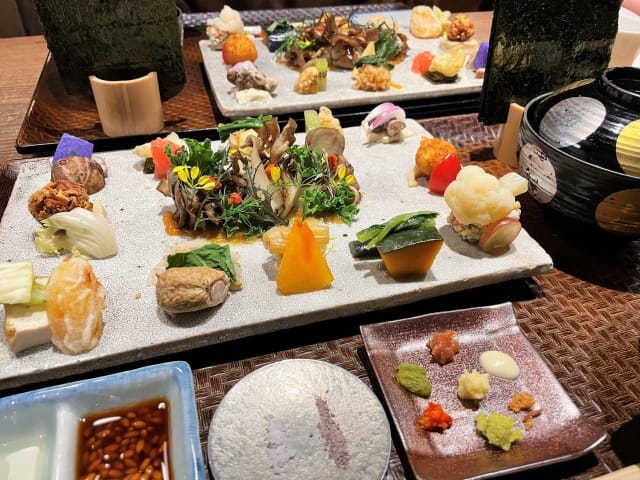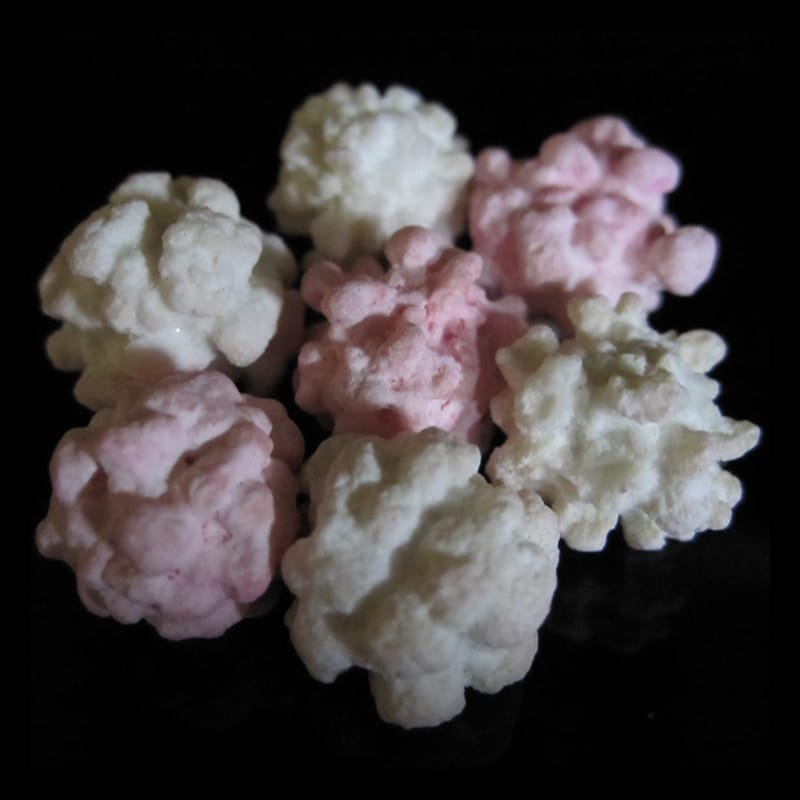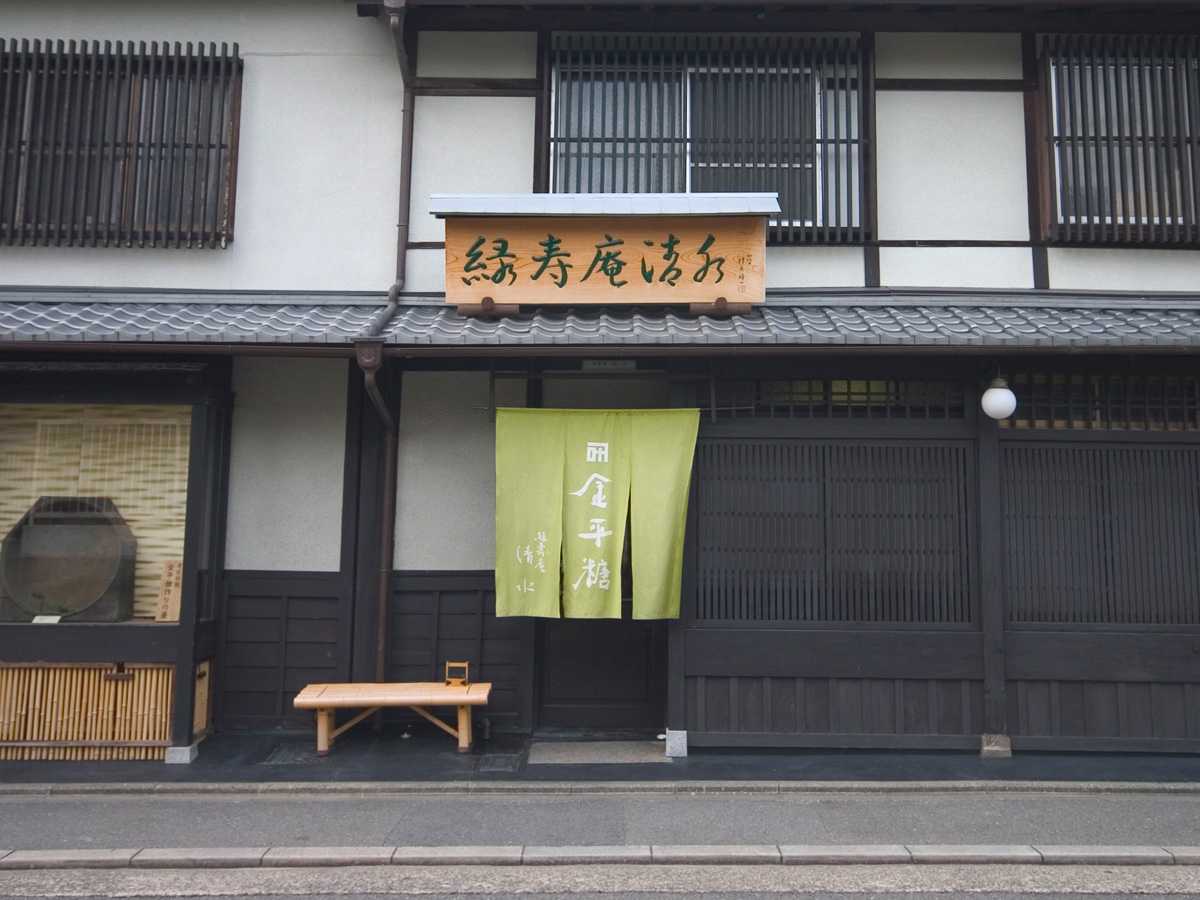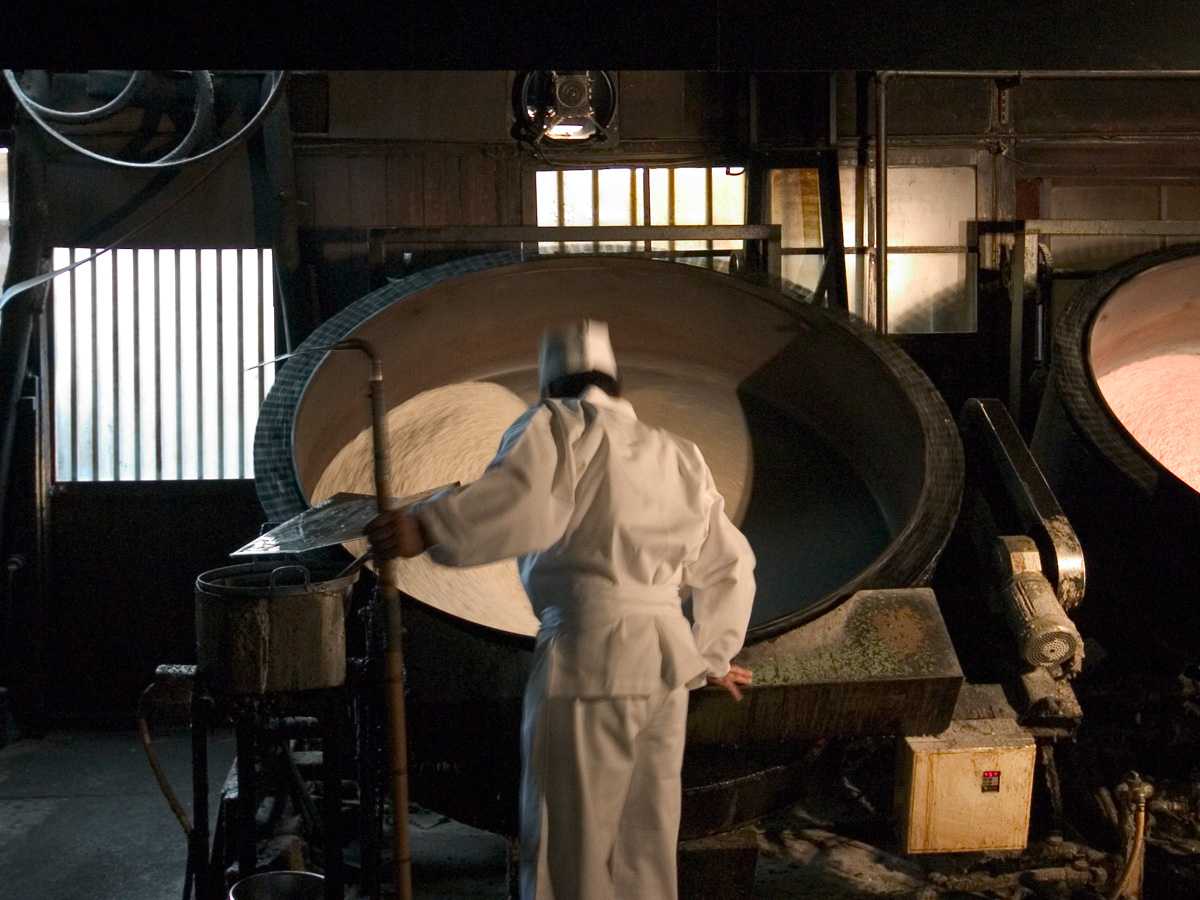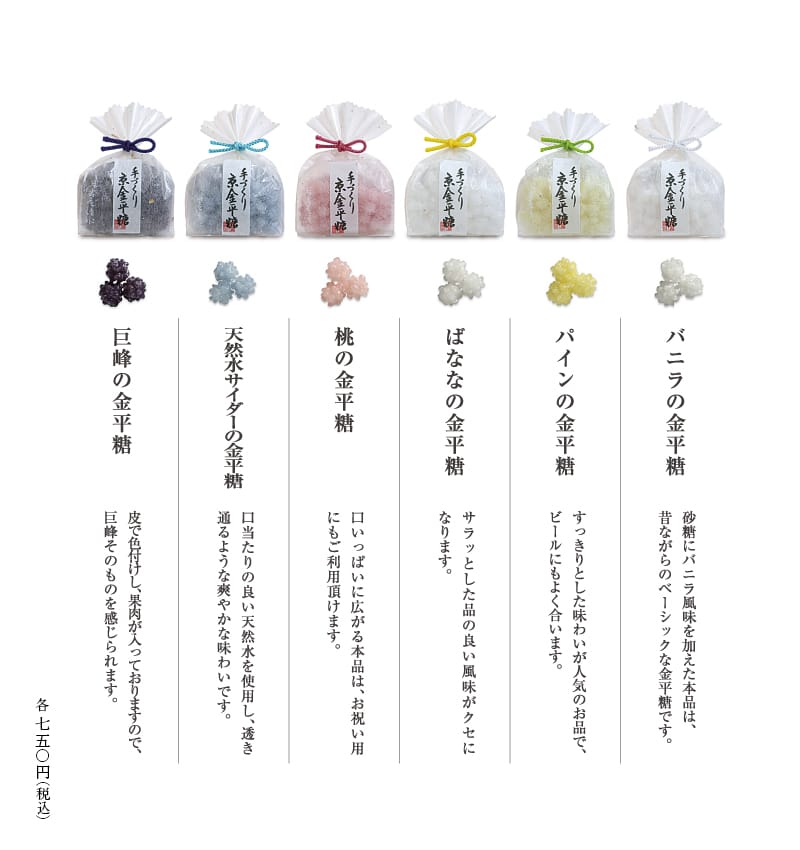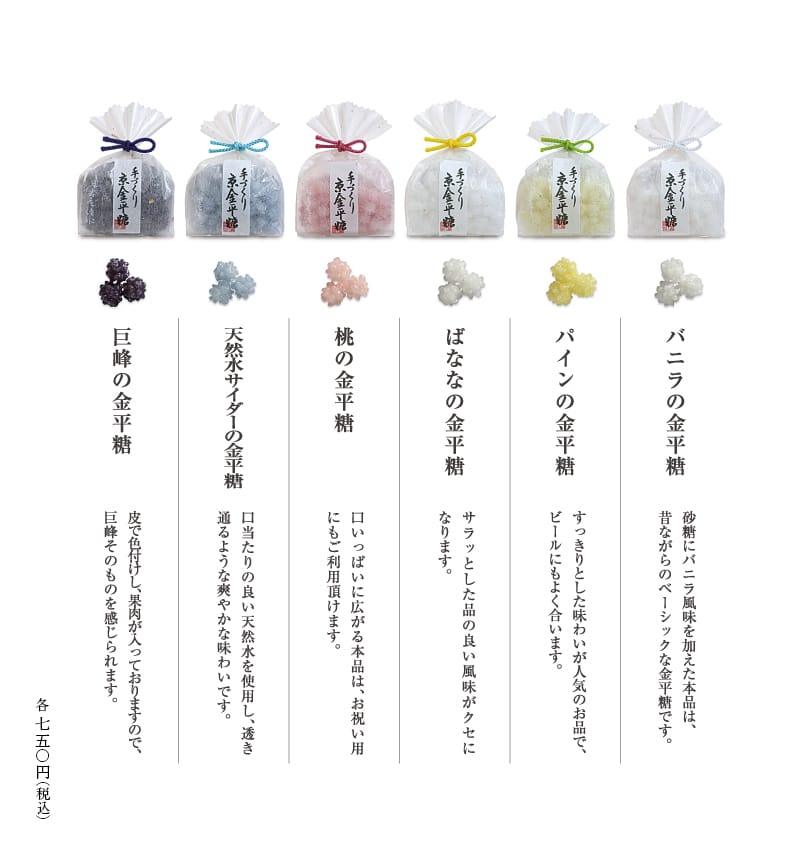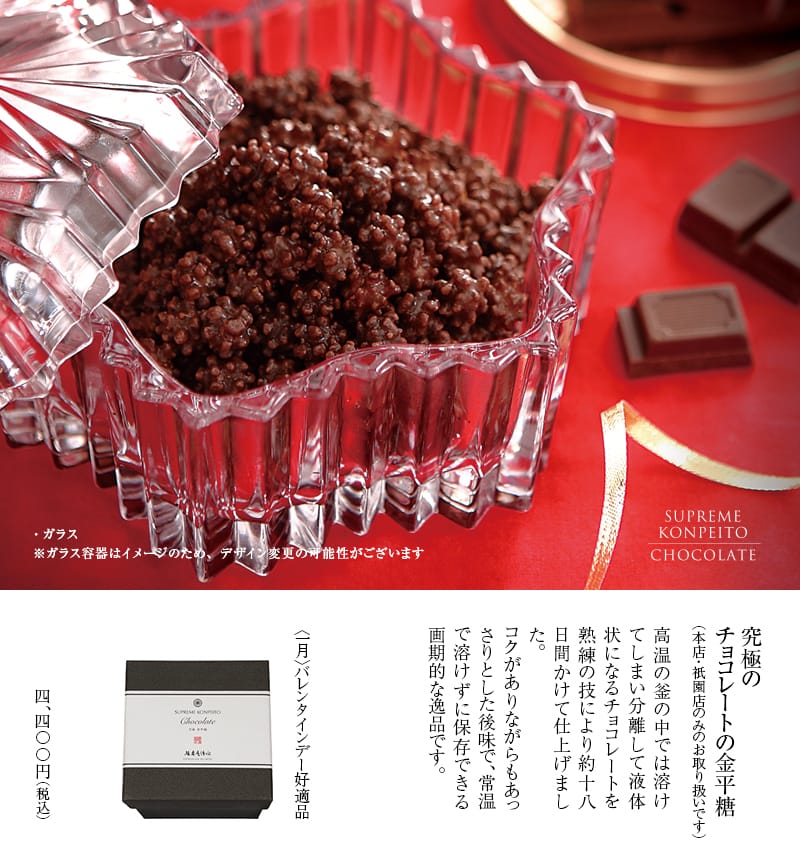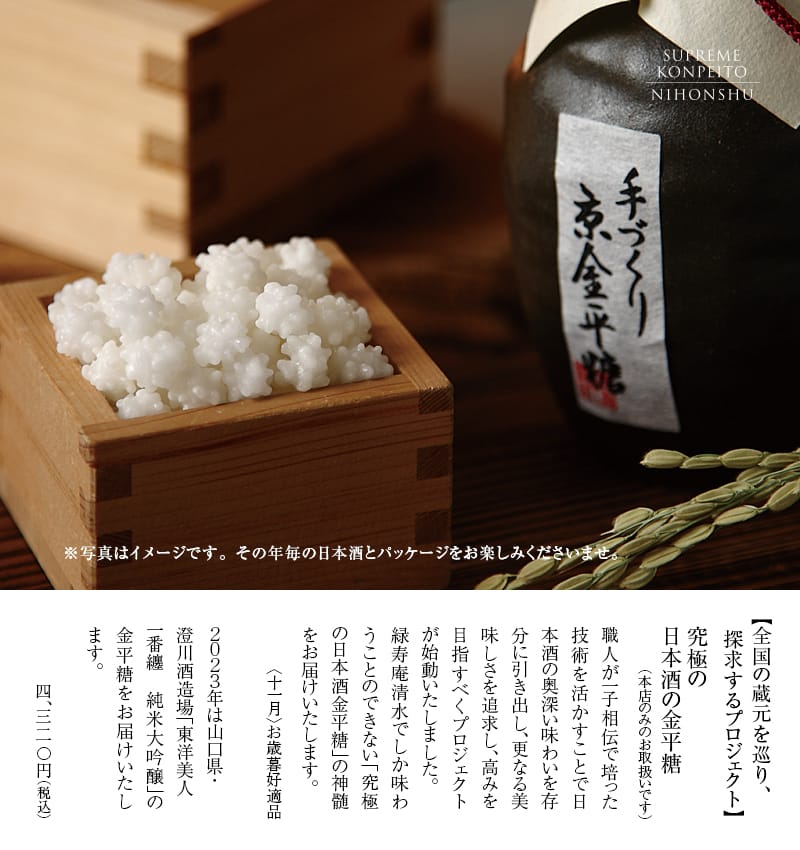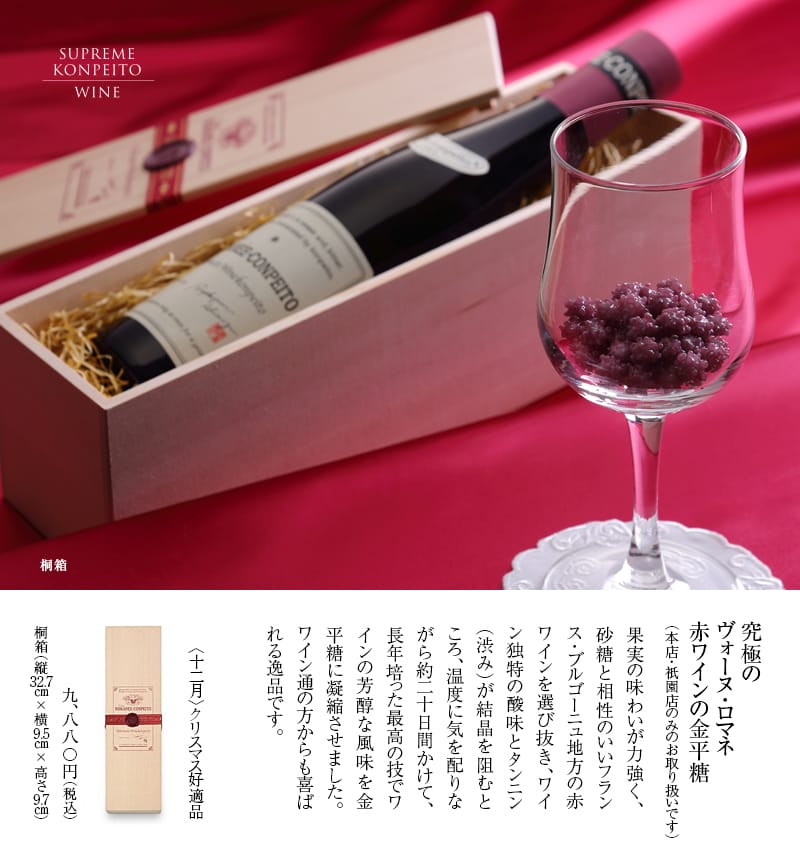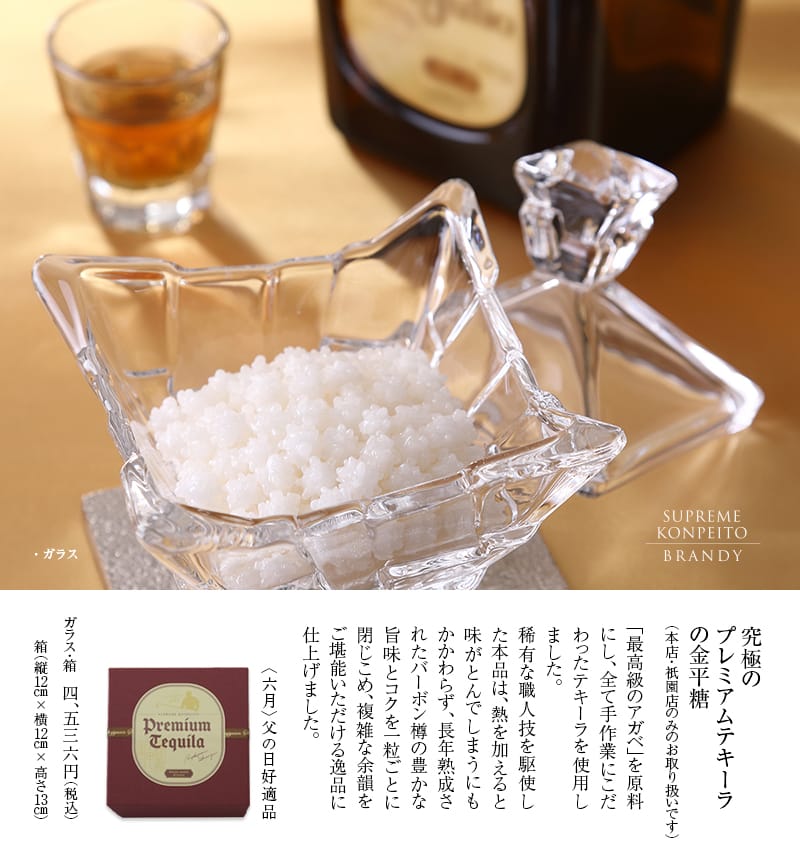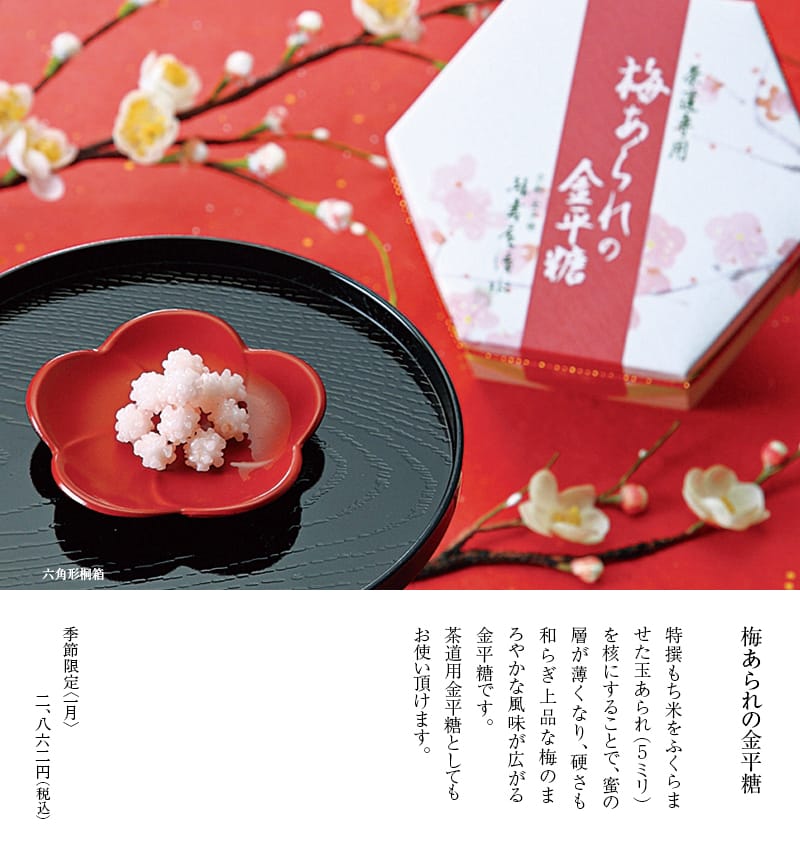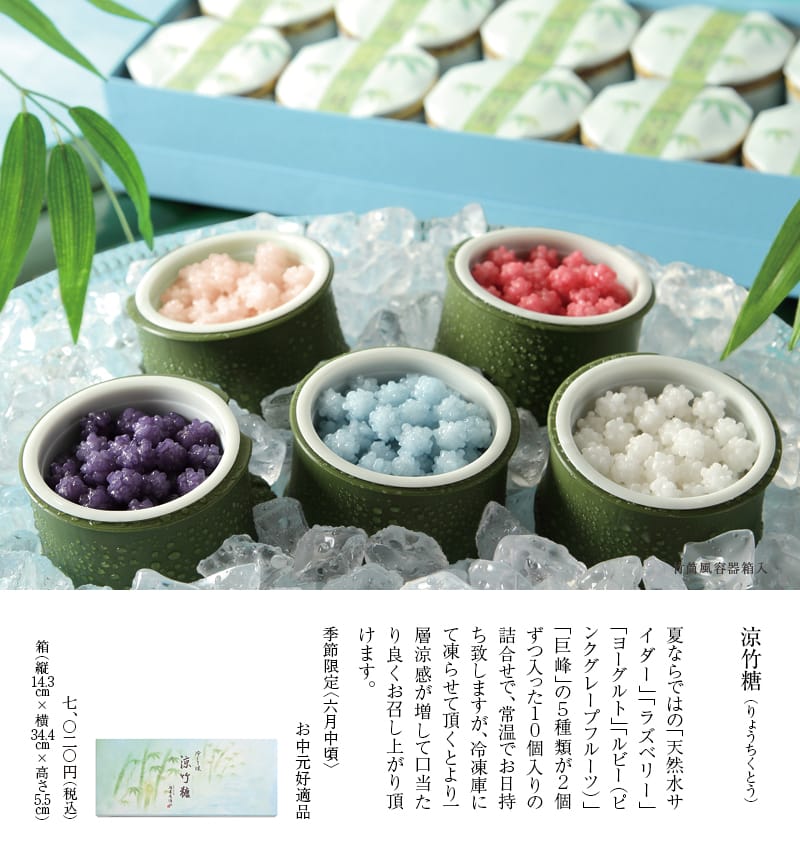Kyoto, once the center of Japanese politics and culture, remains a beautiful ancient capital with a rich historical legacy. Throughout the year, many foreign tourists visit to witness the historical buildings that have stood for over 1000 years and the unique traditional culture. Blessed with abundant nature and ingredients, Kyoto has developed a remarkable food culture, centered around Japanese cuisine.
The custom of entertaining guests with tea is deeply rooted, and there are many famous shops for matcha and wagashi (Japanese sweets). The Kyoto sweets scene is so extensive that guidebooks could be dedicated solely to this topic.
Among the countless sweet shops in Kyoto, we'll focus on Japan's only "Konpeito specialty store." Konpeito, beautiful like a collection of colorful star fragments, sweet and delicate, has been beloved by nobles since ancient times.
Let's delve into its lesser-known charms and explore the one and only famous shop that has been making Konpeito for 180 years!

If you are interested in Kyoto's Foods, check the article below! I summarized how and where you can enjoy Kyoto's Foods as much as possible.
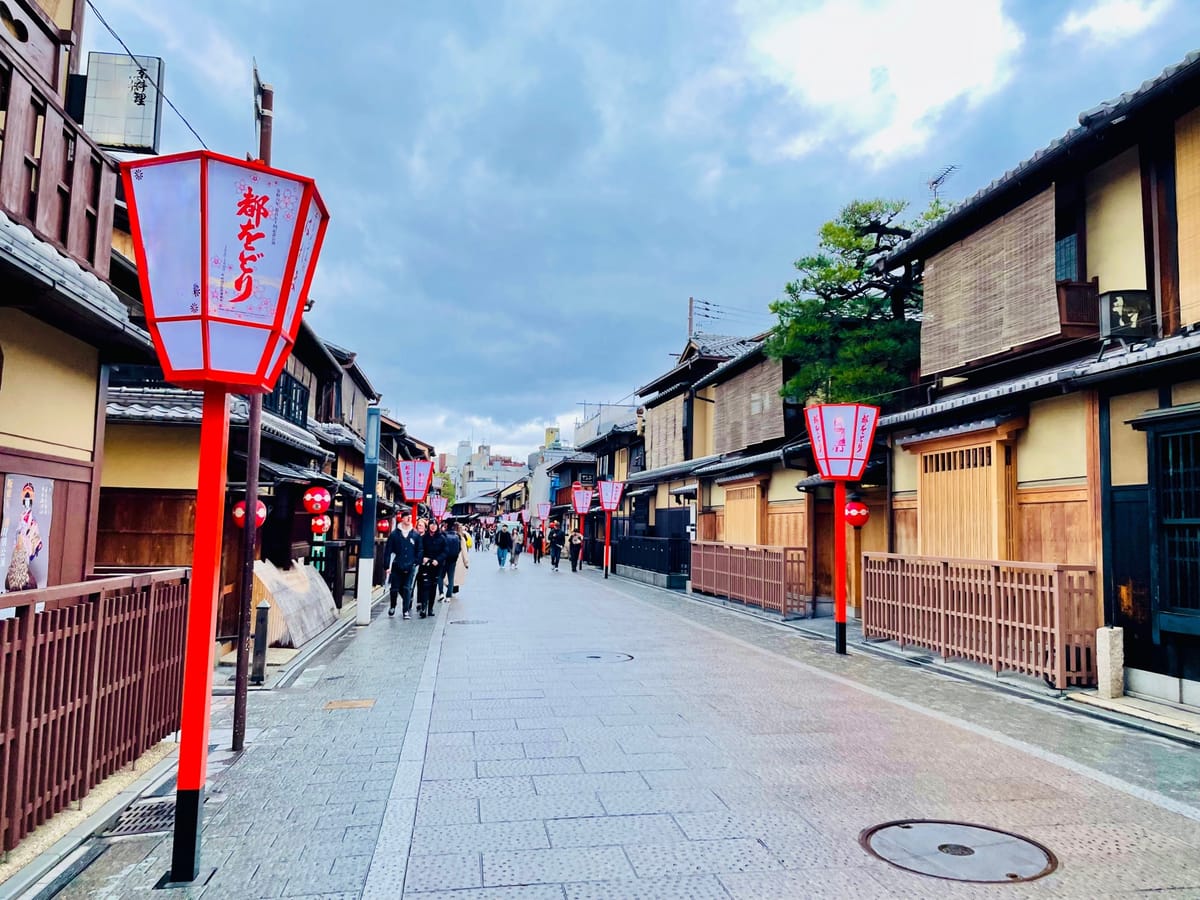
Konpeito: A Nanban Confectionery Brought from Portugal
source: Official website
Konpeito was introduced to Japan in the late 16th century, during a period of flourishing international relations with Europe. Christian missionaries from Portugal, Spain, and Italy, while spreading their religion, also brought Western culture and customs (called "Nanban culture" in Japan).
For example, tempura and Castella, popular in Japanese cuisine, are famous remnants of Nanban culture. Among these Nanban cultural imports, "Konpeito" (derived from the Portuguese word "confeito") is now particularly rare.
Konpeito is a type of sugar candy brought from Portugal in 1546. It didn't take long for these small, colorful candies, beautiful like star fragments, to captivate the hearts of Japanese people at the time.
It's said that even a famous warlord in Japanese history became so enamored with the sweet and charming Konpeito that he carried it with him at all times.
No Two Konpeito Are Ever the Same
When Konpeito first arrived in Japan, sugar, its main ingredient, was also very precious, making it a luxury that only high-status individuals could afford. The manufacturing method was kept completely secret, with no recipes left behind, and artisans passed down the technique directly from generation to generation. There are no standardized machine methods for making Konpeito.
Each individual Konpeito has its own characteristics, and they can't all be made in the same way. For example, just as the taste of fruits varies each year due to weather and climate differences, the shape and taste of Konpeito also subtly change depending on various conditions such as the temperature and humidity of the day.
"A Konpeito once completed can only be made once in a lifetime. That's why we always strive to provide the highest quality at that moment."
Each grain of Konpeito embodies such passion of the artisans.
Ryokujuan Shimizu: Japan's Only Konpeito Specialty Store
source:Official website
Ryokujuan Shimizu is the only remaining Konpeito specialty store in Japan. It's a long-established shop that has been dedicated solely to Konpeito since its founding in 1847, preserving tradition for 180 years.
Ryokujuan Shimizu has become a beloved establishment for 180 years by constantly innovating its techniques without merely resting on tradition, creating unique Konpeito that can't be found elsewhere.
Sugar, the main ingredient of Konpeito, has the characteristic of not solidifying when combined with other materials. Therefore, conventional Konpeito all taste the same despite having different colors.
However, Ryokujuan Shimizu overturned this common knowledge through extensive research. They succeeded in creating Konpeito with various flavors that were previously thought impossible. Now, they have a lineup of about 90 different flavored Konpeito.
It Takes 20 Years of Training to Make Exquisite Konpeito
source:Official website
The manufacturing technique for Konpeito can only be mastered through many years of daily training. This is because artisans must finely adjust the syrup concentration, the angle of the pot used, and the temperature, considering the day's temperature and weather conditions, while judging the state of the Konpeito rolling in the pot. It's said to take 20-30 years to acquire the full skills for this delicate and patient work of making Konpeito.
Artisans work in factories without air conditioning, putting ingredients into large pots that reach heating temperatures of 200°C, gradually adding sugar syrup, and using a tool called a "kote" to loosen and dry the mixture. They continuously perform such painstaking work to create the highest quality Konpeito.
Applying the syrup and using the kote requires intricate skills, and it takes about two weeks to complete. Knowing that each piece is made with such dedication makes you want to savor each small fragment carefully and lovingly.
Three Recommended Konpeito from Ryokujuan Shimizu - Perfect for Souvenirs!
source:Official website
Vanilla Konpeito
Vanilla-flavored Konpeito, familiar to foreigners, is a long-standing classic that enjoys unwavering popularity. These adorable milky-white Konpeito have a simple deliciousness appreciated by people of all ages, from children to adults.
If you're unsure what to buy, vanilla is a safe choice. It's often included in assorted sets and balances well with other flavors, making it an essential pick.
Banana Konpeito
"Banana Konpeito" fills your mouth with the rich sweetness of real bananas and a refined tropical aroma. It has less sugar grittiness, allowing you to experience a smooth melt-in-your-mouth sensation.
While delicious at room temperature, I personally prefer to chill them thoroughly in the refrigerator or freezer. The slightly sherbet-like cold texture becomes addictive.
Peach Konpeito
"Peach Konpeito" captures the juicy flavor and sweet aroma of real peaches in each piece, offering a solid peach taste. The soft peachy-pink color is charming, making it the most popular choice for celebratory gifts.
In Japan, it's customary to use red and white colors for festive occasions, so peach and vanilla Konpeito sets are often chosen as return gifts for wedding guests. Why not buy them together as a memento of your trip to Japan?
Rare Konpeito Rarely Seen Outside of Kyoto
source:Official website
Ginger Konpeito
"Ginger Konpeito" is an adult treat with the pleasant aroma and spiciness of grated raw ginger that gently clears the nose. It matches well with the light sweetness of sugar and is known to be soothing for the throat.
In Japan, ginger is often used medicinally and is a familiar ingredient to many. However, opportunities to enjoy it as Konpeito are rare, so it's definitely worth trying.
The slightly spicy taste unique to ginger is sure to appeal even to those who don't usually like sweets.
Nikki(Cinnamon) Konpeito
"Nikki(Cinnamon) Konpeito" has an impactful flavor of cinnamon, which is dried bark from the Cinnamomum tree. While said to be similar to cinnamon, it has a unique spiciness that becomes somewhat addictive.
In Japan, cinnamon has long been used in candies and wagashi, with its moderate spiciness amidst sweetness playing a role in tightening the overall balance of the confection. Try adding cinnamon Konpeito to your tea instead of sugar for a refreshing sensation.
Sold Out Quickly! "Ultimate Konpeito" Produced in Limited Quantities
Ultimate Chocolate Konpeito
source: Official website
Available only in January as a limited edition product each year, "Ultimate Chocolate Konpeito" can only be obtained once a year. The skilled artisans at Ryokujuan Shimizu use their expertise to coat the Konpeito with chocolate, which would normally melt and separate in the high-temperature pot.
It has the richness of chocolate but with a light aftertaste, making it actually perfect as an accompaniment to wine or brandy. Savor the lingering taste as it melts smoothly in your mouth.
Ultimate Caramel Arare Konpeito
source: Official website
"Ultimate Caramel Arare Konpeito" is released as a limited edition product every February. It's generously coated with caramel, which is difficult to solidify when heated due to its oil content and softness.
The core uses tama-arare made from mochi rice. Tama-arare easily changes shape when exposed to moisture, making this truly a "supreme" Konpeito that can only be created with artisanal skill.
Such combinations of difficult materials can only be productized by Ryokujuan Shimizu. Enjoy the contrast between the smooth texture of caramel and the light texture of tama-arare.
Ultimate Sake Konpeito
source: Official website
"Ultimate Sake Konpeito," sold only in November, uses that year's finest sake from various parts of Japan, including Fushimi, a famous sake-producing area in Kyoto.
Sake is also a difficult ingredient to heat-treat. Ryokujuan Shimizu has succeeded in preserving its flavor without damage and enhancing the aroma of yeast over about 18 hours.
Characterized by an elegant and mellow sweetness, it's often used as a gift for important people at the end of the year.
Ultimate Vosne-Romanée Red Wine Konpeito
source: Official website
Every year during the Christmas season in December, I aim for the "Ultimate Vosne-Romanée Red Wine Konpeito."
It uses carefully selected red wine from France's Burgundy region, known for its powerful taste that feels like the life force of the fruit itself and its good compatibility with sugar. It's truly the ultimate, supreme product that concentrates the elegant and rich flavor of Burgundy wine into Konpeito. Due to its December-only availability and very limited production, it's always on backorder. In fact, I haven't been able to get my hands on it yet, and it remains a coveted item for me.
Ultimate Premium Tequila Konpeito
source: Official website
"Ultimate Premium Tequila Konpeito" is a June-limited product. It's a special item perfect as a Father's Day gift.
It captures the flavor of tequila made using the highest grade agave (the plant used as the raw material for tequila) and entirely handcrafted. You can clearly taste the complex umami and richness of bourbon barrels aged for a long time. Try savoring the rich aroma and taste that slowly spread as you roll each piece on your tongue.
Seasonal Limited Edition Konpeito Made with Meticulous Methods - Sure to Sell Out!
Ume Arare Konpeito
source:Official website
"Ume Arare Konpeito" is a New Year's seasonal limited product. It's characterized by a pale color palette and mellow plum flavor that evokes the arrival of a new spring.
By using specially selected mochi rice puffed into tama-arare as the core, the syrup layer becomes thin, resulting in a refined texture with just the right hardness that's very popular among foreigners.
It's also popular among tea ceremony practitioners as a sweet to accompany tea.
Hana Moyo (Two Types of Cherry Blossom)
source:Official website
For Japanese people, cherry blossoms hold a special significance, and various cherry blossom-themed wagashi appear in spring. At Ryokujuan Shimizu, the spring-limited "Hana Moyo" themed on cherry blossoms is also very popular.
Salt-preserved cherry blossom petals are finely chopped and coated with syrup, while the flower stems are boiled to extract color and fragrance, using every part without waste.
The two types of Konpeito in delicate pink and soft pale green truly embody the elegance of cherry blossoms. Take your time to savor the unique, slightly sweet and salty flavor.
Ryochikuto (5 Types)
source:Official website
"Ryochikuto" is an assortment of refreshing summer flavors. It's a delightful set that allows you to indulge in five flavors at once: natural water cider, raspberry, yogurt, ruby (pink grapefruit), and Kyoho grape.
The sweetness is moderate, with fruit varieties impressively capturing the juiciness of each fruit juice, and the refreshing flavors of cider and yogurt. All are delicious when frozen, and the bamboo tube-like container adds a cool presentation.
With two packs of each flavor included, it's recommended to try comparing the taste at room temperature and frozen.
Perfect Match with Matcha! "Tea Ceremony Exclusive Konpeito" Only Available Here
Tea Ceremony Exclusive Konpeito Using Selected Tama-Arare
source: Official website
At Ryokujuan Shimizu, six types of tea ceremony-exclusive Konpeito are available, including the "Ume Arare" mentioned earlier, which further enhances the taste of matcha. Using carefully selected tama-arare as the core, they are meticulously manufactured over time to ensure that the flavor of each ingredient thoroughly permeates.
The lineup includes flavors familiar in Japan such as shiso, ginger, sansho pepper, yuzu, and plum, as well as koicha (thick tea) flavor that further brings out the strength and umami of matcha. The furoshiki (a square cloth used for wrapping objects) package suitable for tea gatherings is perfect as a souvenir.
Access
<Store Information>
■Main Store
・Address: 38-2 Yoshida-Izumidono-cho, Sakyo-ku, Kyoto City, Kyoto Prefecture
・Access: 2-minute walk from Hyakumanben bus stop on Kyoto City Bus Route 17 from JR Kyoto Station
10-minute walk from Exit 2 of Demachiyanagi Station on the Keihan Main Line
・Closed: Wednesdays (open on public holidays)
・Phone: 075-771-0755
・Business hours: 10:00-17:00
■Gion Store
・Address: 570-122 Gion-machi Minamigawa, Higashiyama-ku, Kyoto City, Kyoto Prefecture
・Access: 5-minute walk from Exit 6 of Gion-Shijo Station on the Keihan Main Line, 7-minute walk from Exit 1B of Kyoto-Kawaramachi Station on the Hankyu Kyoto Line
・Closed: Wednesdays (open on public holidays)
・Phone: 075-532-0900
・Business hours: 11:00-18:30
・Official website
If you are interested in Kyoto Traditional Foods & Sweets, check the article below! I summarized how and where you can enjoy Kyoto Traditional Foods & Sweets as much as possible.
